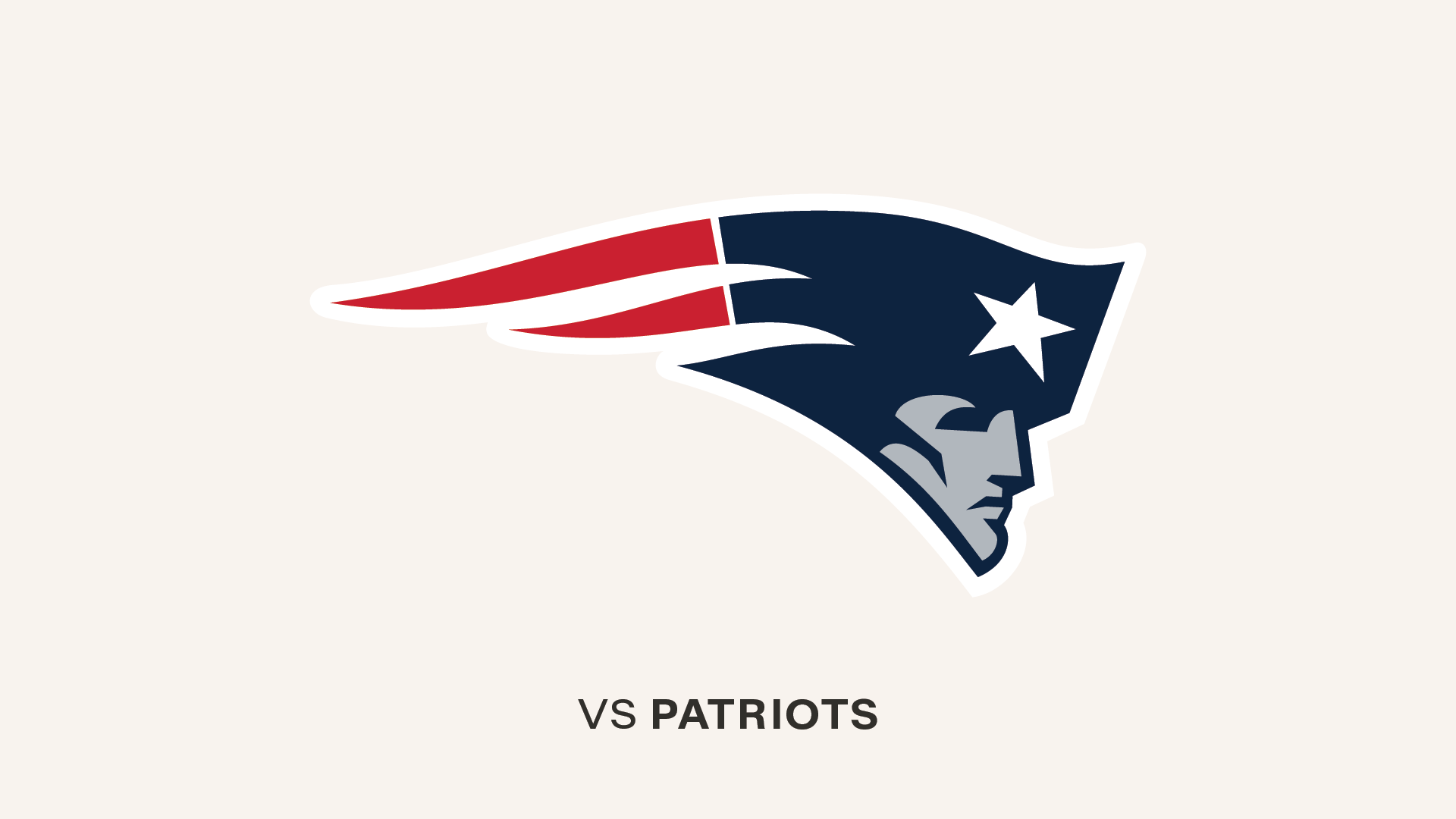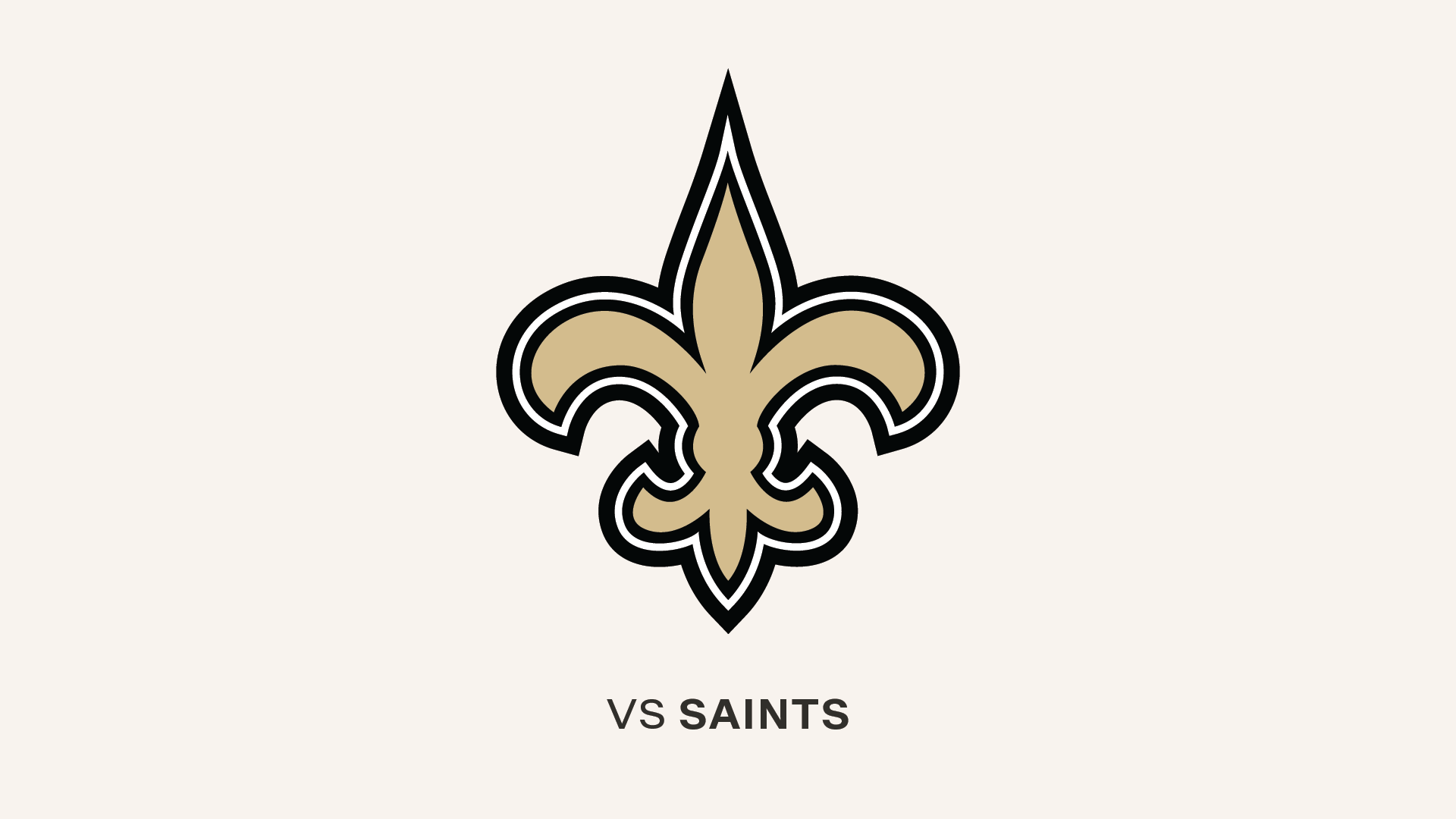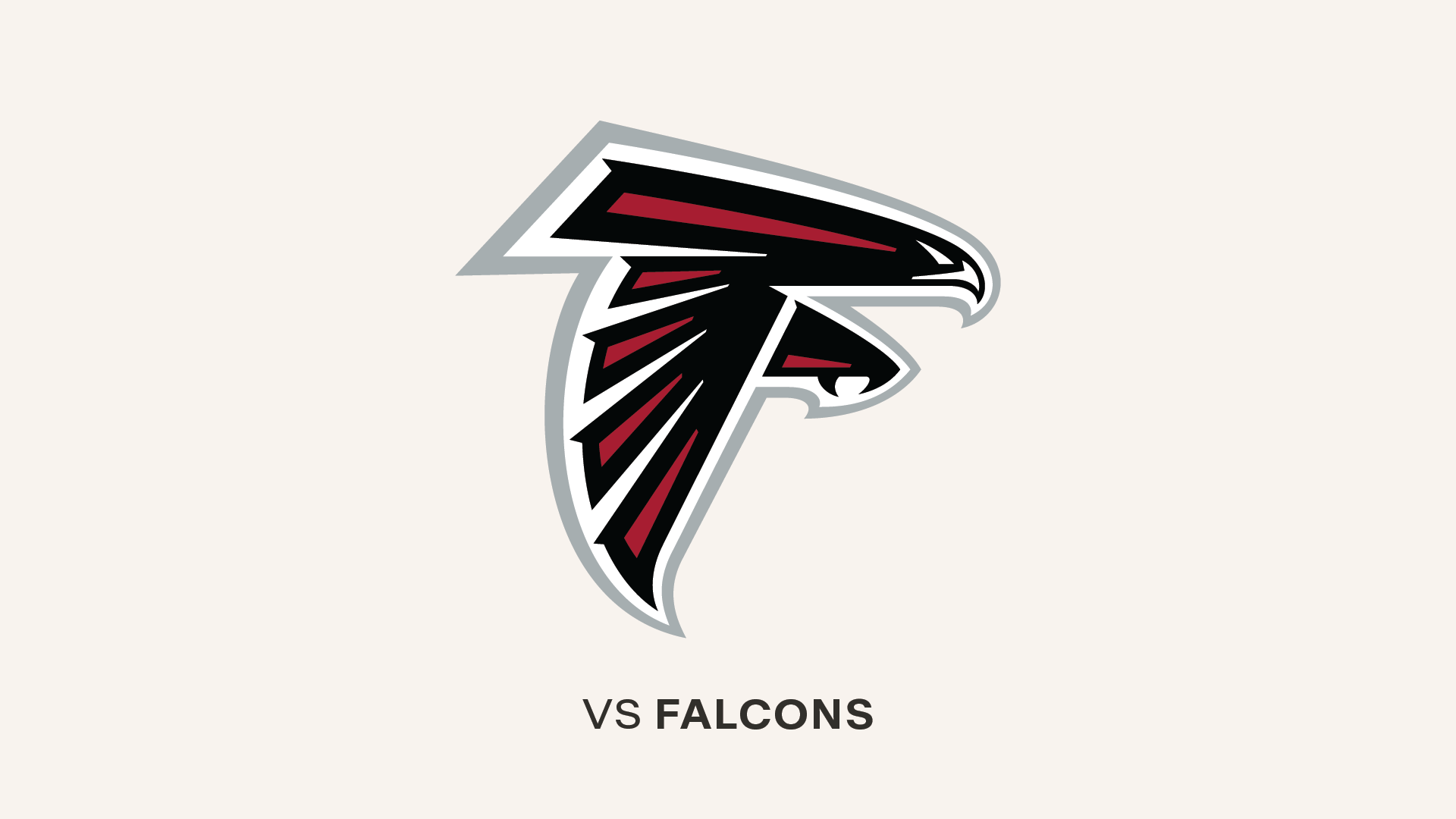- One season's December results don't seem to have much correlation with success or failure the following September
- Vincent Jackson and Mike Evans could end up as a very rare type of receiving duo in the NFL
- Converting third downs of medium range will be an area of strength-on-strength Sunday between the Saints and Bucs
Smith, for instance, doesn't pay much attention to the NFL's defensive rankings, since they are based on yards, which he considers a meaningless measure. When he shares defensive stats with his team, he focuses on points allowed, takeaways, scoring on defense and red zone proficiency.
Here on Buccaneers.com, we unabashedly love stats, but we also understand the need to wield them wisely. Sometimes, we can get a better feel for why the team is performing as it is by going a little deeper into the numbers. And sometimes we can simply point out something we consider interesting, and hope you will find it interesting as well.
That's our goal with Football Geekery. Each week, we're going to give you a sampling of statistical and or historical analysis, hopefully in a way that is relevant to the Buccaneers' current state of affairs. This week we begin by examining whether particularly strong or weak final quarters of a given season have led to more of the same at the beginning of the next campaign. We also point out one way in which the likely 1,000-yard receiving duo of Vincent Jackson and Mike Evans is particularly rare and then throw out some particular areas in which strengths and weaknesses will match up when the Buccaneers play the Saints on Sunday.. Let's get started.
**
1. Season-to-Season Momentum?
The Buccaneers come to the final weekend of their season staring at a record that is going to be 3-13 at best. Tampa Bay will try to get that elusive third win on Sunday against the New Orleans Saints, but either way will find themselves at or near the bottom of the NFL's standings in 2014.
That said, the Buccaneers have continued to treat each game in December as if it were important. They did still have an outside shot at winning the NFC South and making the playoffs when the month began, but most of their other goals have been more subjective: Trying to establish some sort of home field advantage, finding out how some of their younger players handle an increased workload, etc. And one goal that almost every team that has been eliminated from the playoff race holds up as important in December is "building momentum" for next season. The thought is that wins down the stretch will be an indication of a team that can compete, and will compete when the next season rolls around. Those victories are confidence-boosters, if nothing else.
Whether or not there's anything concrete to building season-to-season momentum isn't clear, however. The Buccaneers are finishing up their 39th season, which means they've had 38 previous occasions of one season's opening day following the results of the previous season's finale. The Bucs have finished 16 of their previous seasons with a victory and 22 of them with a loss. In the seasons following a final-week victory from the prior campaign, the Buccaneers have opened with a win on six of 16 occasions, or 37.5% of the time. In the seasons that followed a finale-week loss from the year before, the Buccaneers have opened with a win on nine of 22 occasions, or 40.9% of the time. The 2014 squad may very well get a confidence boost and any number of other psychological advantages from beating the Saints on Sunday, but that won't necessarily improve their chances in Week One of 2015. Likewise, a loss on Sunday won't be anything to worry about next September.
Of course, that is only one game on each side. What if we expanded it a little bit and examined the final quarter of one season and its correlation with the first quarter of the next campaign? (For the purposes of this study, we're going to consider a "quarter" to be four games, whether the season was 16 games long, or 15 or 14 or nine.)

Would beating the Packers and other December opponents give the Bucs momentum heading into 2015?
Well, there are five possible win-loss records over the final four games of the season, or the first four of the next season: 4-0, 3-1, 2-2, 1-3 and 0-4. Weirdly, while the Buccaneers have had some very strong season finishes – 1981 comes to mind, as do most of the Tony Dungy years – they have never finished a season on a four-game winning streak. They have, however, gone 3-1 over the final quarter on nine different occasions, most recently in 2010.
Even for those nine teams, the results are all over the board. None started the next year at 4-0, but six of the nine were 2-2 or better. On the other hand, two of the nine followed a 3-1 finish with an 0-4 start. Go figure.
Below is a grid with all the possible final quarter-first quarter win-loss record combinations. The first season's finish possibilities are in the row headers; the next season's start possibilities are in the column headers.
|
|
4-0 |
3-1 |
2-2 |
1-3 |
0-4 |
|
4-0 |
0 |
0 |
0 |
0 |
0 |
|
3-1 |
0 |
2 |
4 |
1 |
2 |
|
2-2 |
1 |
2 |
2 |
2 |
3 |
|
1-3 |
0 |
3 |
2 |
3 |
2 |
|
0-4 |
2 |
1 |
1 |
3 |
2 |
If there was to be a strong correlation between one season's finish and the next season's start, you would expect to see the higher number clustered along a diagonal line from the upper left box to the lower right. You will find nine of the 38 seasons on that line, but you will also find eight of the 38 on the opposite diagonal, where opposite records are paired up. (Obviously, the two lines intersect at and share the 2-2/2-2 box.)
Given that the Bucs' two options for finishing the 2014 season are final quarter records of 1-3 and 0-4, it should be at least mildly comforting that the results in the bottom two lines of the grid are all over the board. In fact, of the three 4-0 starts in franchise history, two of them followed 0-4 finishes to the previous season (1978-79 and 2004-05).
Buccaneer players and coaches have plenty of reasons to want to wrap this season up with a win on Sunday, including the confidence that result would give to the players as they head into another offseason. However, we shouldn't be too concerned that this December is going to determine how next September plays out.
2. Rookie and Vet
Last Sunday, New York Giants wide receiver Odell Beckham went over 1,000 receiving yards on the season, becoming the first member of his amazing class of rookie wideouts to go over that mark. There is an exceedingly good chance that Carolina's Kelvin Benjamin (999 yards through Week 16) and Tampa Bay's Mike Evans (997) will join Beckham in that club on Sunday, and Buffalo's Sammy Watkins (925) has a good shot, too.
That's remarkable, given that in the previous 44 NFL seasons since the 1970 AFL-NFL merger, there had been a grand total of 12 rookies who accomplished that feat. The only season in that span in which two rookies made it was in 1986, with Indianapolis' Bill Brooks and Houston's Ernest Givins doing the honors.
Both Evans and Benjamin have a very good chance at being part of 1,000-yard receiving duos, as well. As has been frequently noted on here on Buccaneers.com, Tampa Bay has never had two 1,000-yard pass-catchers in the same campaign, but that will change if Evans gets three yards Sunday and Vincent Jackson gets nine. Meanwhile, Carolina will play at Atlanta for the NFC South title on Sunday, with Benjamin needing one yard and tight end Greg Olsen needing 19 to hit four digits together.
Thousand-yard receiving duos are not terribly uncommon in the NFL; the Bucs and Panthers will likely join three teams that already have one in Denver (Demaryius Thomas and Emmanuel Sanders), Detroit (Golden Tate and Calvin Johnson) and Green Bay (Jordy Nelson and Randall Cobb). In addition, New England's Julian Edelman will join Rob Gronkowski to create a 1,000-yard duo with just 28 more yards, and – in the less likely but still possible category – Houston, Atlanta and Chicago could get there with really big days from Andre Johnson, Roddy White and Martellus Bennett, respectively.
Having both of those things – a 1,000-yard rookie receiver and a 1,000-yard receiving duo – in the same season? Now that's rare. More often, the 1,000-yard rookie is filling a void and/or immediately becoming his team's #1 receiver. For instance, Michael Clayton's big season for Tampa Bay in 2004 was borne somewhat out of necessity, with Joey Galloway dealing with injuries and the great Tim Brown finally succumbing to age. The most analogous situation to what the Buccaneers did in 2014 by pairing Evans with proven 1,000-yard man Jackson is when the Minnesota Vikings, who already had Cris Carter, drafted Randy Moss in 1998.
In fact, if both the Bucs and the Panthers get the small number of yards they need for their four on-the-cusp players on Sunday, the number of 1,000-yard duos that include rookies since the merger will nearly double. Below is the chart of all 13 rookies to get 1,000 yards since 1970, and their teammates with the highest complementary totals that season. The 1,000-yard duos are in bold text.
**
|
Year |
Team |
Rookie |
Yards |
* * |
Veteran |
Yards |
|
1978 |
SD |
John Jefferson |
1001 |
|
Charlie Joiner |
607 |
|
1981 |
CIN |
Cris Collinsworth |
1009 |
|
Dan Ross |
910 |
|
1986 |
HOU |
Ernest Givens |
1062 |
* * |
Drew Hill |
1112 |
|
1986 |
IND |
Bill Brooks |
1131 |
|
Matt Bouza |
830 |
|
1995 |
SEA |
Joey Galloway |
1039 |
* * |
Brian Blades |
1001 |
|
1996 |
NE |
Terry Glenn |
1132 |
|
Shawn Jefferson |
771 |
|
1998 |
MIN |
Randy Moss |
1313 |
* * |
Cris Carter |
1011 |
|
2003 |
AZ |
Anquan Boldin |
1377 |
|
Freddie Jones |
517 |
|
2004 |
TB |
Michael Clayton |
1193 |
|
Joey Galloway |
416 |
|
2006 |
NO |
Marques Colston |
1038 |
|
Devery Henderson |
745 |
|
2011 |
CIN |
A.J. Green |
1057 |
|
Jerome Simpson |
725 |
|
2013 |
SD |
Keenan Allen |
1046 |
|
Antonio Gates |
872 |
|
2014 |
NYG |
Odell Beckham, Jr. |
1120 |
|
Rueben Randle |
780 |
Note that the Ernest Givins-Drew Hill combo for the Oilers in 1986 is the only one in which the veteran player not only had 1,000 yards but also finished with more than his rookie teammate. Not that it will matter too much to the Buccaneers whether Evans or Jackson ends up with the top yardage total on their chart this season, but if it's Jackson, then this particular duo will be of an even more rare variety.
3. Matching Strengths and Weaknesses in Week 17
So, what are the Bucs' chances to get that third win they so desire against the Saints on Sunday. Well, on one hand, New Orleans is very vulnerable against the run, ranking 29th in the league with 129.5 yards allowed per game. Unfortunately, Tampa Bay's own rushing attack stands 31st, having generated just 79.5 yards per game. That is the polar opposite of the proverbial "strength-on-strength" matchup.
There are some of those. New Orleans is ripping off 4.6 yards per carry, which is the fourth-best mark in the NFL. The Buccaneers will counter with a defense allowing just 3.9 yards per tote, ninth-best in the NFL.
And, of course, there are some areas where one team's strength is a decided advantage, at least on paper, against the other's weakness. For instance, the Buccaneers will try to slow down Drew Brees and the league's third-best passing attack with the NFL's 26th-ranked pass defense (though, to be fair, the Bucs are 13th on that list since their bye week).
Here are a couple other matchups in each category:
Strength-on-Strength:
- Tampa Bay is sixth in the NFL with a 10.8-yard average on punt returns but the Saints have been the hardest team against which to put up punt return numbers (3.3 per attempt).
- The Saints have been very good at converting third downs in 2014, succeeding on 48.1% of their tries to tie for first in the NFL through 16 weeks. The Buccaneers don't necessarily counter with one of the NFL's better third-down defenses…except on medium-range tries. On third downs that need four to six yards, the Bucs' defense ranks ninth in the NFL at 40.4%; meanwhile, the Saints' offense is fifth in the league at converting those, at 53.1%.
Strength-on-Weakness:
- The Buccaneers are tied for ninth in the NFL in passing plays of 20 or more yards, with 51 of them in 2014. The Saints' defense is 29th in terms of allowing such plays, having given up 71 20+-yard passing plays.
- New Orleans leads the league in sustained scoring drives. That is, they have the most drives of 10 or more plays in the NFL this season, with 40, and they have the most points off of such drives, with 161. Meanwhile, Tampa Bay's defense has allowed 31 drives of 10 or more plays, which is the sixth-highest total in the league, and the Bucs have given up 133 points on such drives, second-worst in the league.
- Tampa Bay's rushing attack, as mentioned above, has not lived up to expectations in 2014. However, when the Bucs do run the ball on second down, they have generally done well, picking up 5.14 yards per carry to rank fourth in the NFL (on a league-low 94 attempts, unfortunately). Meanwhile, the Saints' defense is allowing 5.11 yards per carry on second down, the fifth-worst mark in the NFL.
- The Buccaneers' pass rush has been better since the bye week, but it still ranks just 21st in the NFL in sacks per pass play and is now operating without its best backfield invader with Gerald McCoy on injured reserve. The Saints, as usual, have protected quarterback Drew Brees well; they rank eighth in lowest sacks allowed per pass play in the NFL.
Weakness-on-Weakness
- The Buccaneers haven't flipped field position as well as they would like on fourth downs this year, ranking 31st in net punting average (36.9). The Saints might not be able to take advantage, as their opponents have a 41.5-yard net punting average, 29th in the league.
- Tampa Bay has had trouble protecting the passer in recent weeks, surrendering 15 sacks in the last three games combined to drop to 26th in the NFL in sacks allowed per pass play. However, the New Orleans pass rush hasn't gotten much going lately, other than a big seven-sack day in Chicago in Week 15. Otherwise, the Saints have no more than one sack in any other game in the last six weeks and are 25th in the NFL in sacks per pass play.*



























